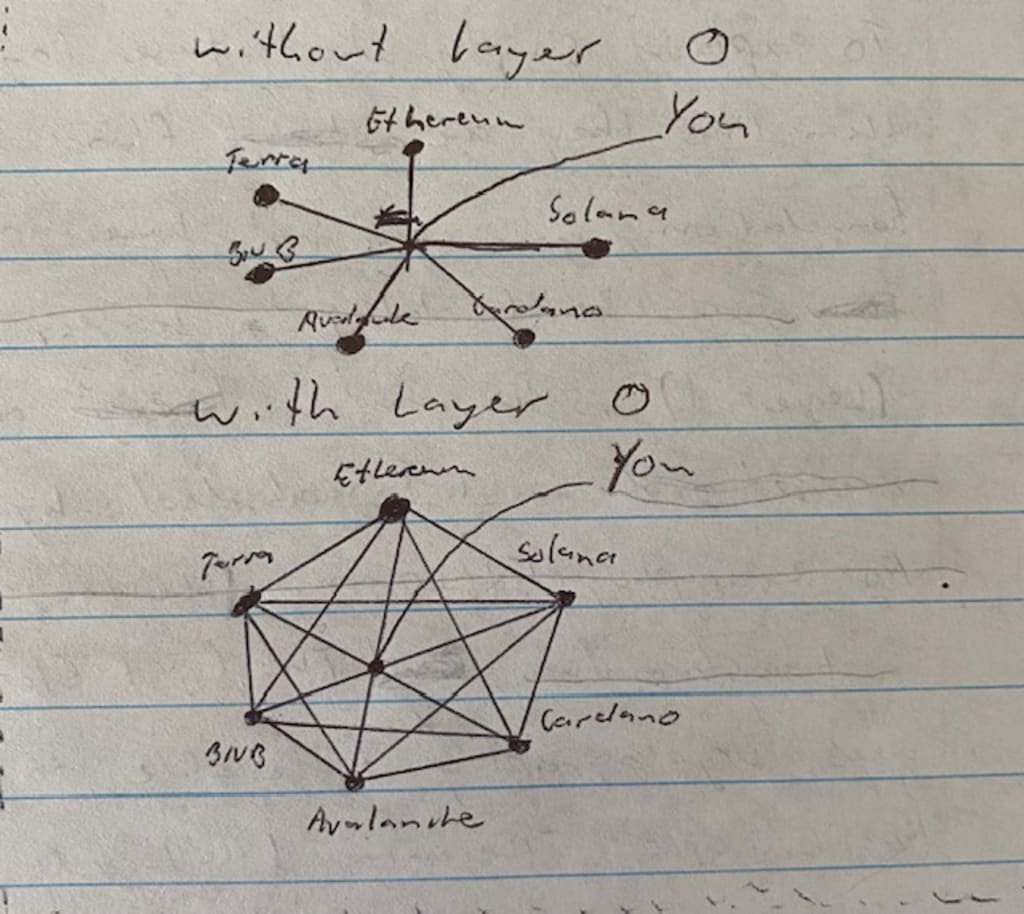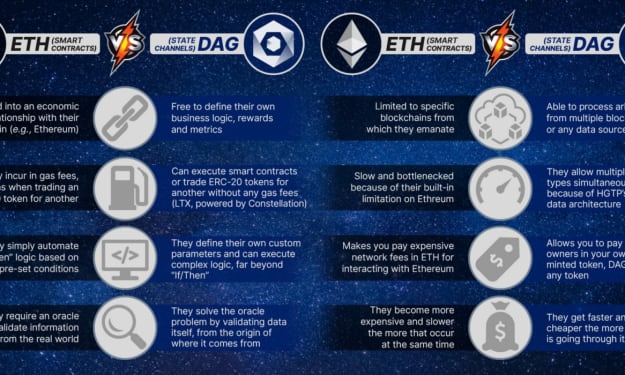Understanding Layer 0, 1 and 2 protocols in cryptocurrency
Identifying which protocol does what

Layer 1 and Layer 2 protocols are the working cogs that bring utility to the blockchain machine. You have the large cogs that set everything in motion, this is Layer 1. Then you have all the little cogs that begin moving and increase the efficiency and accuracy of what the large cogs are trying to achieve, at a much cheaper cost.
To explain these concepts in a way that can be understood, we will represent each layer like floors in a house. The blockchain is the foundation on which everything is built. The first level (layer 1) is the main working area. This is where a set of base rules must be abided by for people developing the first floor. To avoid confusion, people developing on whatever floor they are on, are only developing on and making that floor better. The first floor is built on the blockchain but uses cryptography* to be able to develop new functions and improve.
For example, Ethereum (the largest layer 1 protocol) is being developed to undergo an upgrade that will make it 20 000x more environmentally friendly and make the ‘ETH’ token deflationary*. These are but many things that will improve with this upgrade and the entire crypto space is rapidly accelerating with use cases and growth. Examples of other Layer 1 protocols that are doing great work are: Solana, Cardano, Avalanche, BNB, Terra and many more.
The second floor of our building is the Layer 2 Protocol. Since the people on the first floor are too busy with developing and improving the first floor, other developers come in and provide solutions to any problems that arise from the second floor. The second floor is built from the same rules and principles as the first floor but is an added layer to provide a solution to a problem. Generally this is a scaling solution. They are able to allow faster and cheaper transactions through the data link layer of the network. The data link layer is where the links talk to one another in the network and when a layer 2 connection is placed, it gives high speed connectivity to any device that connects to it.
Most Layer 1 protocols have trouble solving the trilemma in blockchain. Scalability, decentralisation and security. Most of the layer 1’s are decentralised and secure but have trouble enabling large amounts of transactions per second. This is where layer 2’s come in. They provide a scaling solution with fast and cheap transactions which allow for large amounts of traffic while still being decentralised.
This is a big win when it comes to Ethereum. So
me transactions you will be looking at over $100 just to send money from one place to another. Whereas a layer 2 like polygon for example, allows the same transaction to happen for as little as half a cent.
Now to get to the weird part. Layer 0. I will do my best to explain this in a way that can be easily understood but will also provide an illustration
Layer 0 can be looked at as the materials that connect all the protocols together. So pretend that the bricks that make up all of the layer 1 and layer 2 buildings could somehow interconnect and communicate with each other. The bricks that built all the layers are seamlessly connected. This is layer 0. This allows for secure and effective communication And transactions between different layer 1 and layer 2 protocols. On top of this it allows for a more robust and evolved alternative to smart contracts.
There are another few layers that are completely out of my scope right now but layer 3 is on the application layer. That is where things like Decentralised Finance (DeFi) and decentralised applications (Dapps) are created. It is kind of like the iPhone app store but for blockchain and the crypto space.
About the Creator
Josh Hillcoat
A crypto and DeFi amateur who will never stop learning about this amazing industry! I wanted a place to document my findings and here seems to be a great spot.






Comments
There are no comments for this story
Be the first to respond and start the conversation.